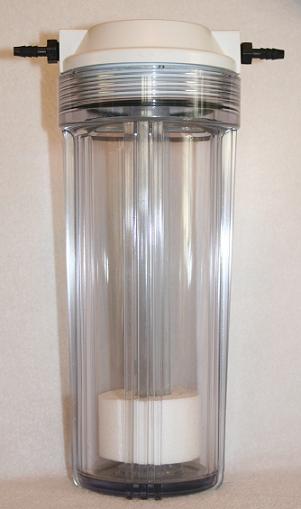Tar problem
Hi
I must say thanks to Jetijs , for his video on youtube that brouht me here to all the "experts" on diesel !!
I' am making +- 200 liter of fuel a day with all your plans , and using it my
self with my courier company.
The question I've got , is there a way to reduce black tar like compound in fuel?
Fuel is bright yellow when coming out of condensor , but when it goes through
centrifuge turns dark, because of reacting with oxygen.
Is the colour in the fuel darkening because of tar?
Is the centrifuge making more tar in the fuel?
Hi
I must say thanks to Jetijs , for his video on youtube that brouht me here to all the "experts" on diesel !!
I' am making +- 200 liter of fuel a day with all your plans , and using it my
self with my courier company.
The question I've got , is there a way to reduce black tar like compound in fuel?
Fuel is bright yellow when coming out of condensor , but when it goes through
centrifuge turns dark, because of reacting with oxygen.
Is the colour in the fuel darkening because of tar?
Is the centrifuge making more tar in the fuel?
 . I'm gathering parts and hopefully will get my unit done soon. I was going to use custom made propane burner which will have 4 vertical elements as well as bottom part. The idea was to distribute heat all around the reactor vessel not just the bottom. There is a second idea to use modified oil furnace to heat vessel. I have thick wall steel tank, approx 100 L capacity and oil furnace. I think the oil furnace with its burner would make such unit self sufficient since it can run on the product.
. I'm gathering parts and hopefully will get my unit done soon. I was going to use custom made propane burner which will have 4 vertical elements as well as bottom part. The idea was to distribute heat all around the reactor vessel not just the bottom. There is a second idea to use modified oil furnace to heat vessel. I have thick wall steel tank, approx 100 L capacity and oil furnace. I think the oil furnace with its burner would make such unit self sufficient since it can run on the product.



Comment